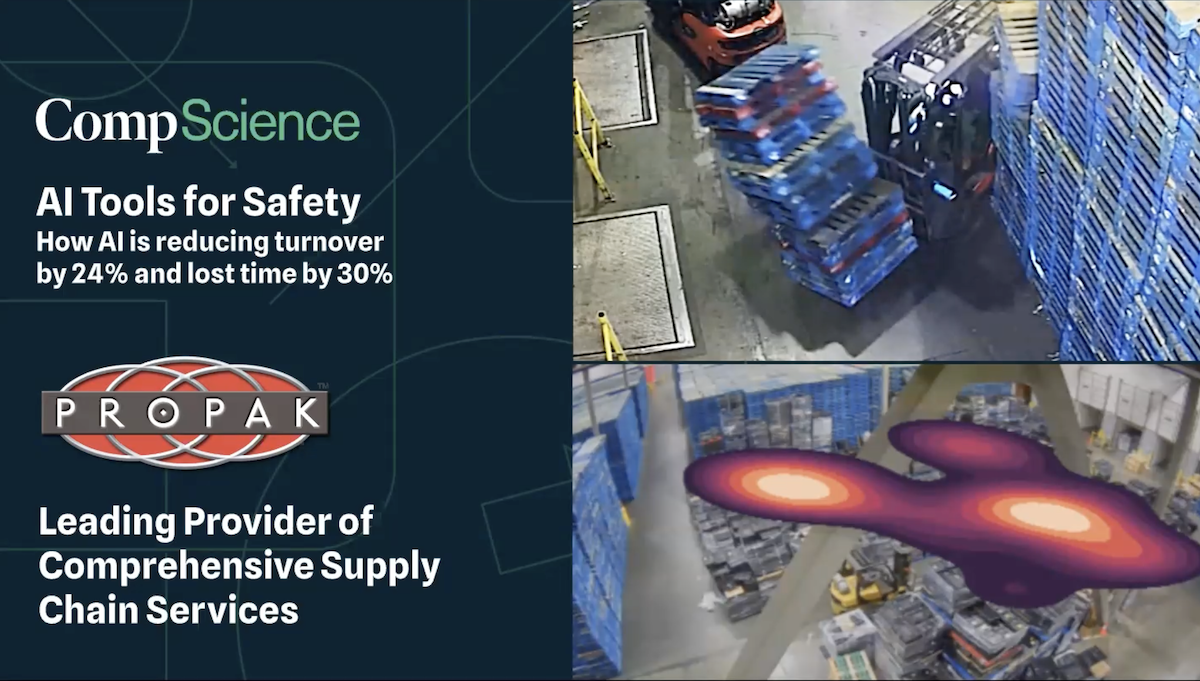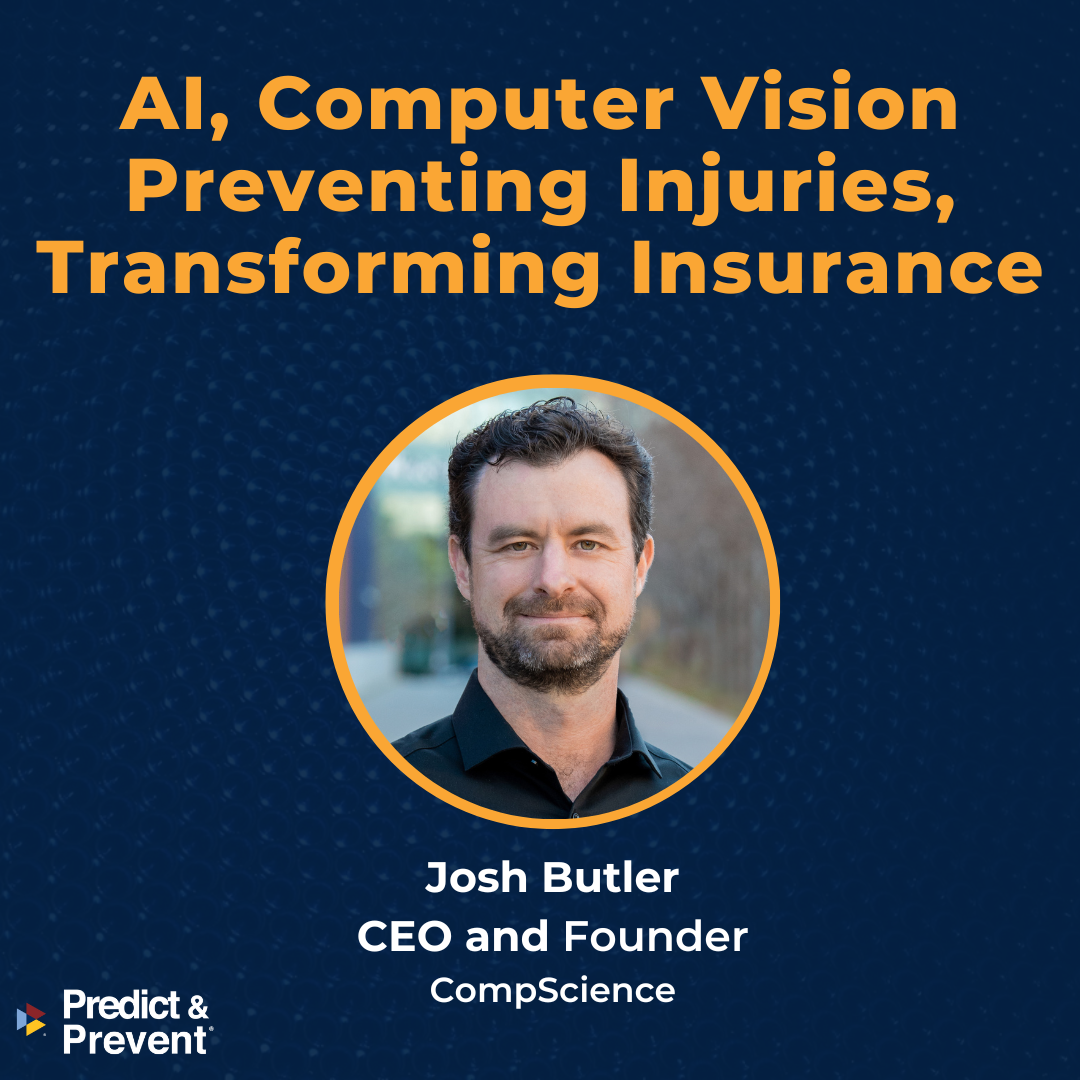How Can Computer Vision Improve Workplace Safety?
Computer vision is a field of computer science that involves using machine learning algorithms to analyze and understand images and video. Computer vision can be used to improve workplace safety in a number of ways:
- Monitoring high-risk areas: Computer vision systems can be used to continuously monitor high-risk areas in the workplace, such as machinery and equipment, to identify potential hazards and alert employees to take necessary precautions.
- Identifying unsafe behaviors: Computer vision systems can be programmed to identify unsafe behaviors, such as not wearing protective gear or operating equipment improperly, and alert employees or management to correct the behavior.
- Facilitating incident investigations: Computer vision systems can help identify the root causes of incidents and accidents, allowing companies to take preventive measures to avoid similar incidents in the future.
- Enhancing security: Computer vision systems can be used to detect and alert authorities to potential security threats, such as unauthorized access to restricted areas or suspicious activity.
- Improving emergency response: Computer vision systems can be used to identify and alert emergency responders to emergencies, such as fires or medical emergencies, allowing for quicker response times and potentially saving lives.
Overall, computer vision can be a valuable tool for improving workplace safety by helping to identify and prevent hazards, enhancing security, and improving emergency response times.
Learn more about Workers Comp Software and Computer Vision Safety.







